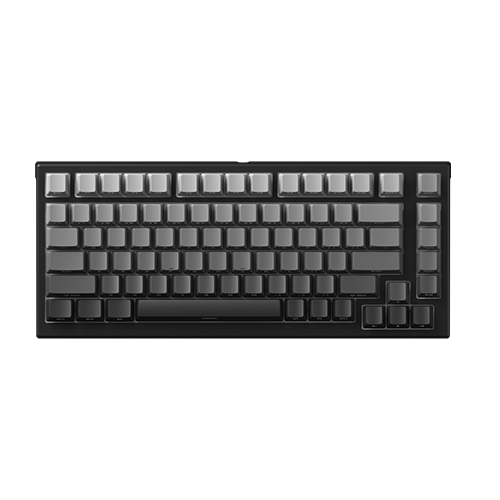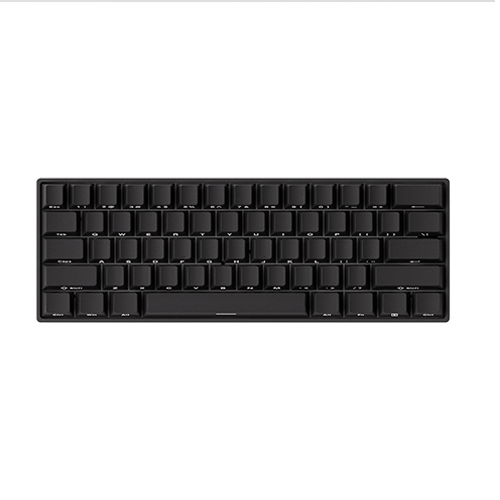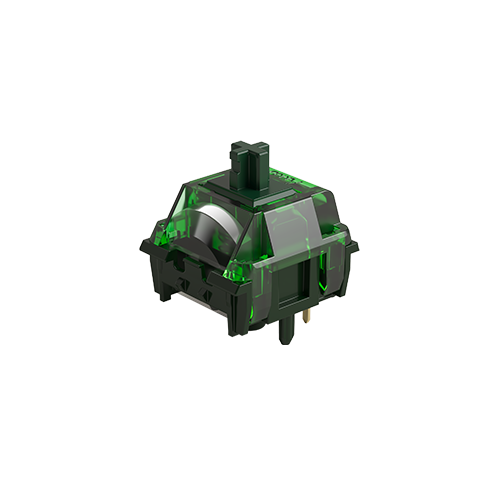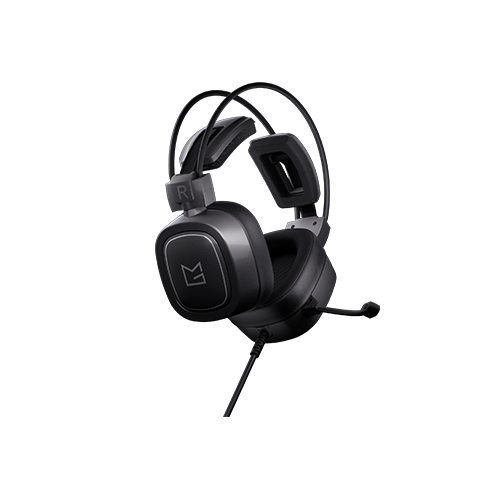2.4GHz vs BT Gaming: Which Is Better?
📅Aug. 1. 2025
In the world of wireless peripherals, two technologies reign supreme: 2.4GHz and Bluetooth (hereafter referred to as BT). For everyday tasks like browsing, office work, or media control, either technology can get the job done.
However, for serious gaming—especially competitive or fast-paced titles—BT falls short. Its higher latency, limited polling rate, and susceptibility to interference make it unsuitable for performance-critical scenarios. In contrast, 2.4GHz wireless has gained popularity, with some devices offering low latency and polling rates up to 8000Hz, making them well-suited for performance-demanding wireless gaming.
This guide will dive into the key differences between 2.4GHz and BT in gaming use, covering wireless gaming latency, connection stability, and real-world reliability—so you can choose the best wireless setup for your gaming needs.
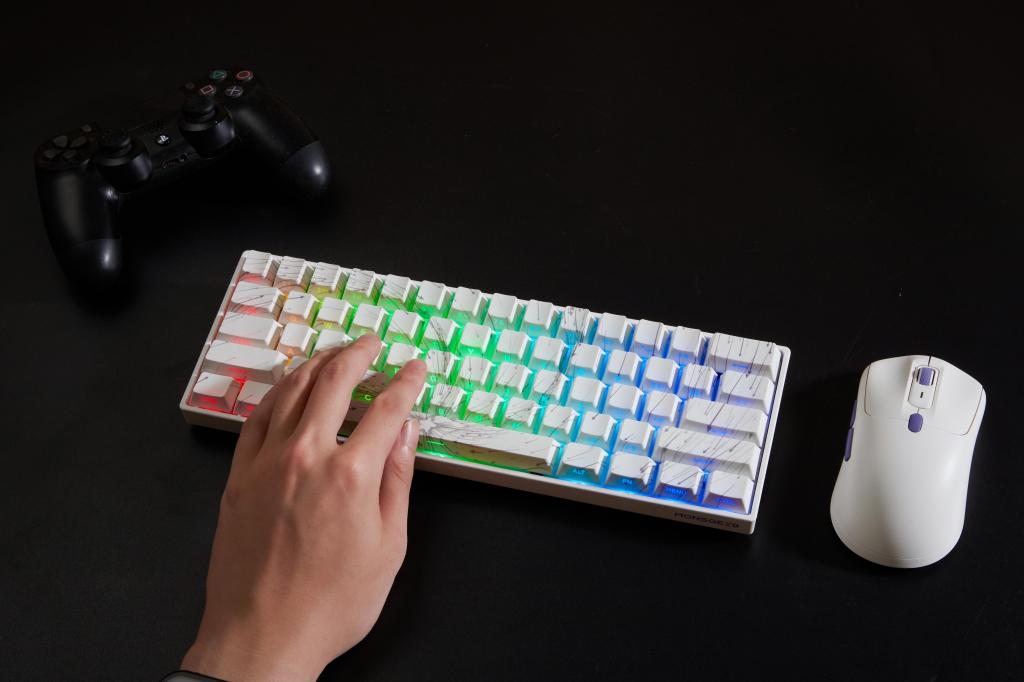
Understanding the Technologies
Before we compare their gaming capabilities, let’s briefly define what each technology entails.
- 2.4GHz Wireless: This refers to a dedicated wireless connection established via a USB dongle that plugs into your computer. The dongle creates a private, direct radio frequency link between the peripheral (e.g., keyboard or mouse) and your PC. It operates on the same 2.4GHz frequency band used by Wi-Fi, but typically uses proprietary protocols optimized for speed and low interference.
- BT Wireless: BT is an open wireless technology standard for exchanging data over short distances using short-wavelength radio transmissions. It’s designed for broad compatibility across a vast range of devices (phones, tablets, laptops, smart home devices, etc.) and is often built directly into computers, eliminating the need for an external dongle.
| Feature | 2.4GHz | BT |
|---|---|---|
| Latency | 1–2ms | 5–20ms (HID protocol constrained) |
| Stability | FHSS + Dedicated Channel | BT 5.2+ supports AFH; legacy versions vulnerable |
| Polling Rate | Up to 8000Hz | Capped at 125Hz (HID spec) |
| Multi-Device | Single-device | BLE 5.0: 7 devices (shared bandwidth) |
| Battery Impact | Moderate | Better optimized |
The Deciding Factor: Wireless Gaming Latency
For gaming, particularly fast-paced or competitive titles, wireless gaming latency is paramount. This refers to the delay between your action (e.g., pressing a key or moving your mouse) and that action registering on your screen.
Test Your Latency: Tools like Keyboard Inspector can help measure your input delay, though results may vary based on system conditions and should be taken as reference only.
2.4GHz for Gaming: The Low-Latency Option
- Dedicated Connection: 2.4GHz connections are built for speed. The USB dongle establishes a direct, proprietary link with the peripheral, minimizing overhead and prioritizing rapid data transmission.
- Higher Polling Rates: Gaming-focused 2.4GHz devices can achieve much higher polling rates (e.g., 1000Hz, meaning the device reports its position/status 1000 times per second) compared to typical BT This directly translates to lower wireless gaming latency.
- Less Interference (Generally): While it uses the crowded 2.4GHz spectrum, dedicated gaming solutions often employ frequency hopping and robust error correction to maintain a stable, low-latency connection — especially when compared to BT, which is more prone to interference from Wi-Fi networks, other Bluetooth devices, and even microwaves.This makes 2.4GHz for gaming the preferred choice for competitive play.
BT for Gaming: The Convenience Trade-off
- Higher Latency: BT, especially older versions (BTx and below), generally has significantly higher wireless gaming latency compared to 2.4GHz. It’s designed for broad compatibility and power efficiency, not raw speed. While newer versions (BT 5.0 and above) have improved, they still typically lag behind dedicated 2.4GHz connections for competitive gaming.
- Shared Spectrum: BTconnections can be more susceptible to interference from other BT devices, Wi-Fi networks, and even microwaves, which can lead to connection drops or inconsistent performance during critical gaming moments.
- Multi-Device Juggling: While BTexcels at connecting to multiple devices, this multi-purpose design isn’t optimized for the single-minded, low-latency needs of gaming.
2.4GHz vs BT Gaming: Which is Better for You?
The clear winner in a direct 2.4GHz vs BT gaming showdown, particularly for competitive or performance-critical scenarios, is 2.4GHz for gaming.
Choose 2.4GHz Wireless if:
- You play competitive FPS, MOBA, or rhythm games where every millisecond counts.
- You prioritize the absolute lowest wireless gaming latency and highest reliability.
- You don’t mind using a USB dongle.
- You want a truly wired-like wireless experience.
Choose BT Wireless if:
- Your gaming is casual, single-player, or turn-based where minor latency isn’t an issue.
- You value convenience and multi-device connectivity over raw speed (e.g., using the same keyboard with your gaming PC and a tablet).
- You want to avoid using a USB dongle (especially useful for laptops with limited ports).
- Portability and battery life are more important than competitive performance.
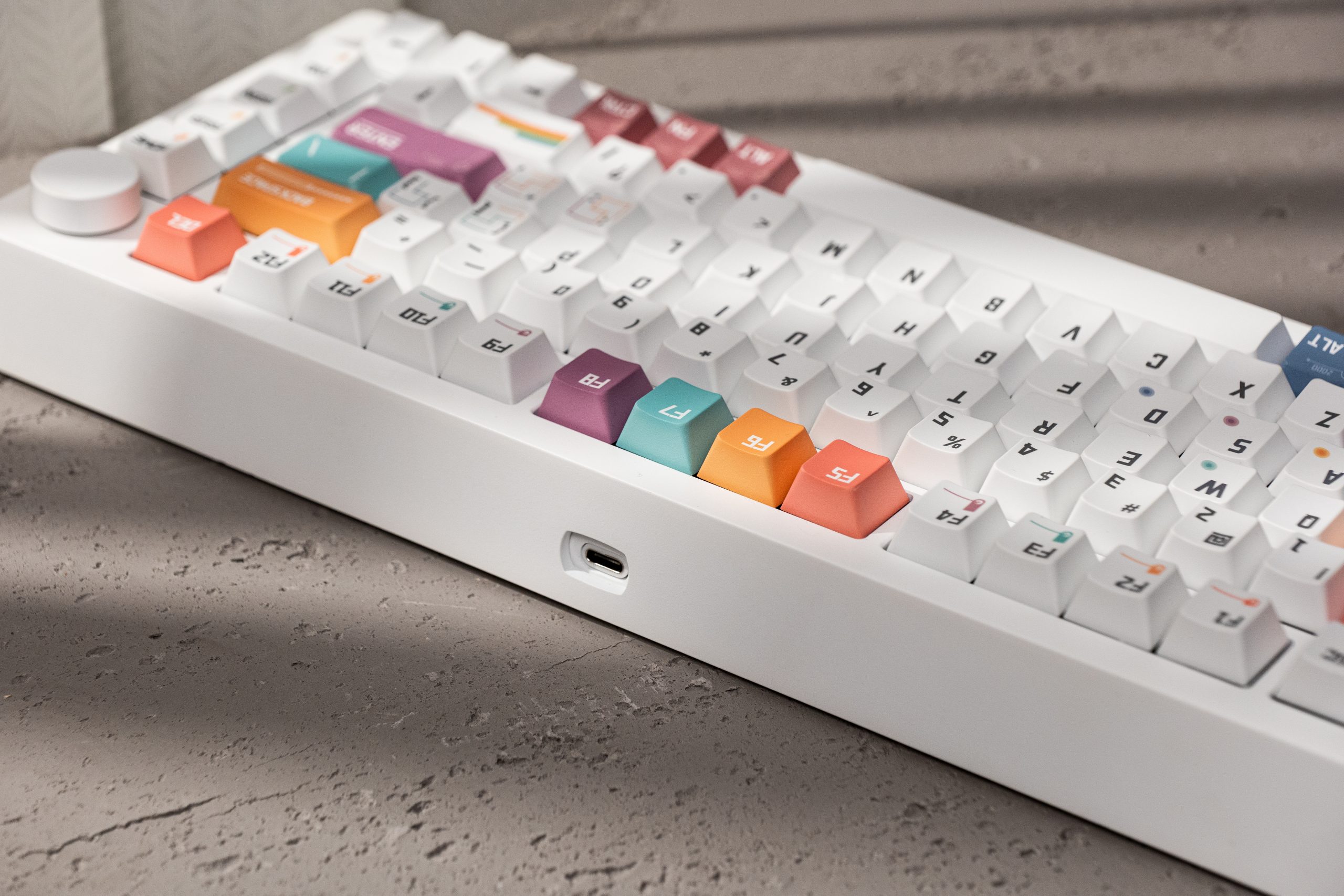
Beyond the Connection: Other Factors for Wireless Gaming Keyboards
While wireless technology is crucial, several other design and component factors significantly influence the overall performance and experience of wireless gaming keyboards:
- Battery Life: The power efficiency of a keyboard’s wireless mode can affect how often you need to recharge or replace batteries. Tri-mode keyboards with smart power management (like backlight-off behavior) offer better endurance in 2.4G or BT modes.
- Weight & Build Ergonomics: While weight matters less for keyboards than mice, compact layouts (e.g., 60% or 65%) and good case design can improve comfort and portability.
- Switch Type: The mechanical switch (linear, tactile, clicky) dramatically affects both the typing feel and input responsiveness—critical for competitive gaming.
- Keyboard Type (Mechanical vs Magnetic): Magnetic switch keyboards, such as MonsGeek’s TMR models, offer analog precision and ultra-fast actuation, giving users an edge in rapid input scenarios. Their responsiveness pairs excellently with low-latency 2.4G wireless connections.
- Polling Rate & Scan Logic: Some keyboards support high wireless polling rates (up to 8000Hz or more), which work best when combined with fast internal scan rates and low-latency wireless transmission—crucial for fast-paced gaming.
For serious gamers where every fraction of a second matters, the choice between 2.4GHz vs BT gaming is clear: 2.4GHz for gaming reigns supreme. Its dedicated, low-latency connection minimizes wireless gaming latency and provides the reliable performance needed to compete at the highest levels.
While BT for gaming offers unparalleled convenience and multi-device versatility, it typically can’t match the responsiveness and stability that competitive play demands. Understanding these differences allows you to make an informed decision, ensuring your wireless peripherals enhance, rather than hinder, your gaming prowess.
In today’s market, many gaming keyboards and mice—like those from MonsGeek—feature tri-mode connectivity, including USB-C wired, 2.4GHz wireless, and BT. This gives users the flexibility to choose the connection method that best suits their needs—whether for ultra-low latency gameplay or casual multi-device use. Most tri-mode keyboards also offer quick switching between modes via convenient key combinations.


